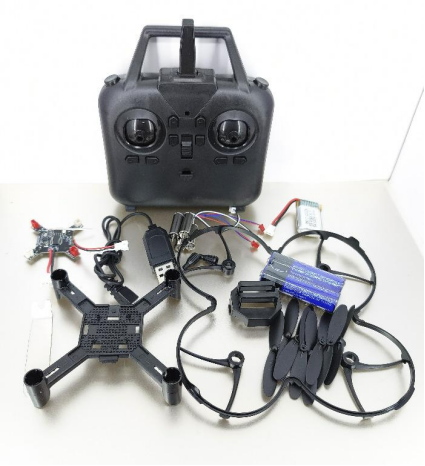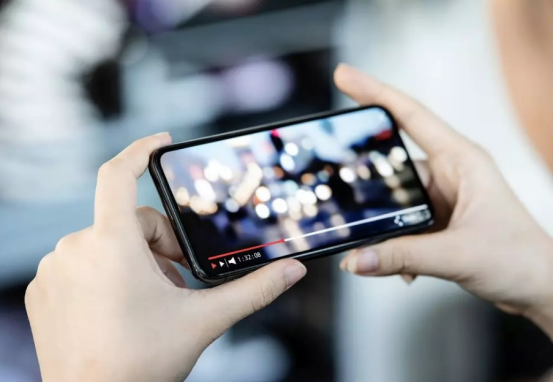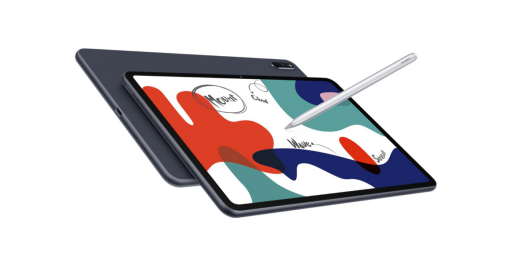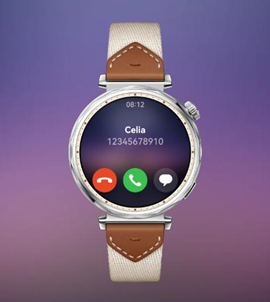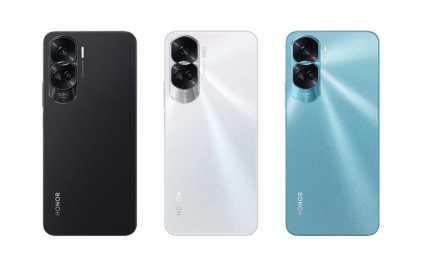How to Read Smartphone Camera Specs: The Ultimate Guide
Do you ever look at the specifications for a smartphone camera and feel completely overwhelmed? Don't worry, you're not alone. It can be difficult to decipher all of the information listed on a phone's camera specs sheet. In this guide, we will break down all of the important details and explain what they mean. By the end, you'll be an expert in reading smartphone camera specs.
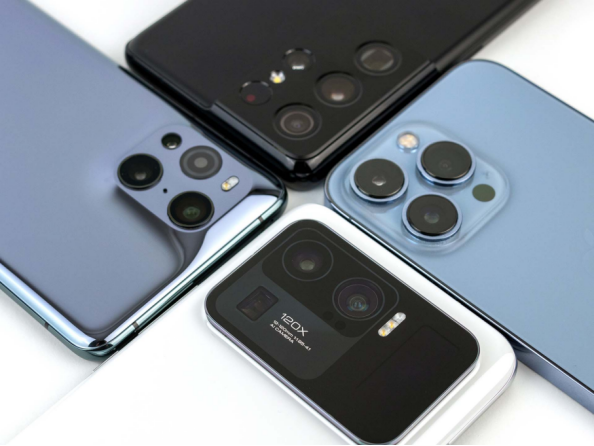
Interpretation of Smartphone Camera Specs
In what follows will be how to read smartphone camera specs.
Megapixel Count
The megapixel count is one of the most important specifications to consider when looking at a smartphone camera, you can make it clearly through checkign the HONOR Magic Vs fold.This number indicates how many pixels are in each photo that the camera takes. More pixels mean that the photo will be of higher quality and have more detail.
Aperture
The next thing you'll want to look at is the aperture, which is measured in f-stops. The lower the f-stop number, the more light that can enter the lens. Generally, you'll want a lower f-stop number if you're trying to take a photo in low light or if you want a shallow depth of field. A higher f-stop number will be better for photos in bright light or if you want a large depth of field.
Most smartphone cameras have an aperture somewhere between f/16 and f/20. Try to find a phone with an aperture of f/14 or lower if you can, as this will give you the most flexibility when it comes to light and depth of field.
Sensor Size
The sensor is the part of the camera that captures light and turns it into an image. A larger sensor will let in more light, resulting in better low-light performance. It will also give you a shallower depth of field, which can be nice for portraits.
However, a smaller sensor will have its own advantages. It will be cheaper to produce, so you'll find it in more affordable phones. It will also result in a smaller camera, which is good if you're looking for a slim phone.
Shutter Speed
Shutter speed is the amount of time that the sensor is exposed to light. A longer shutter speed will result in a brighter image, but it will also increase the chances of blurriness if the phone moves. A shorter shutter speed will be darker, but it will reduce the chance of blur.
Most smartphone cameras have a shutter speed of between one and two seconds. This is plenty for most situations, but if you're looking to take a photo in low light, you may want to find a phone with a longer shutter speed.
Image Stabilization
Image stabilization is a feature that helps reduce blurriness caused by camera shake. It's especially useful for video, but it can also be helpful for still photos.
There are two main types of image stabilization: optical and electronic. Optical image stabilization uses physical elements to stabilize the camera, while electronic image stabilization uses software to stabilize the image. Optical image stabilization is generally better, but it's also more expensive to implement. So, you'll usually only find it in high-end phones.
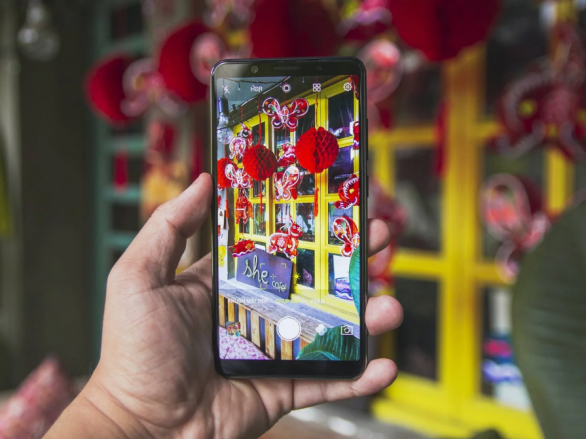
ISO
ISO is a measure of the sensor's sensitivity to light. A higher ISO will result in a brighter image, but it will also introduce more noise into the photo.
Most smartphone cameras have an ISO range of 100-1600. This should be plenty for most situations, but if you're looking to take photos in very low light, you may want to find a phone with a higher ISO range.
White Balance
White balance is a setting that determines how colors are rendered in a photo. The right white balance will make colors look natural, while the wrong white balance can make them look washed out or unnatural.
Most smartphone cameras have an automatic white balance setting that does a good job in most situations. However, if you're looking to take photos in tricky lighting conditions, you may want to find a phone with a manual white balance setting.
Conclusion
Now that you know how to read smartphone camera specs, you'll be able to make an informed decision when choosing a new phone. Keep these factors in mind and you'll be sure to find the perfect camera for your needs.

